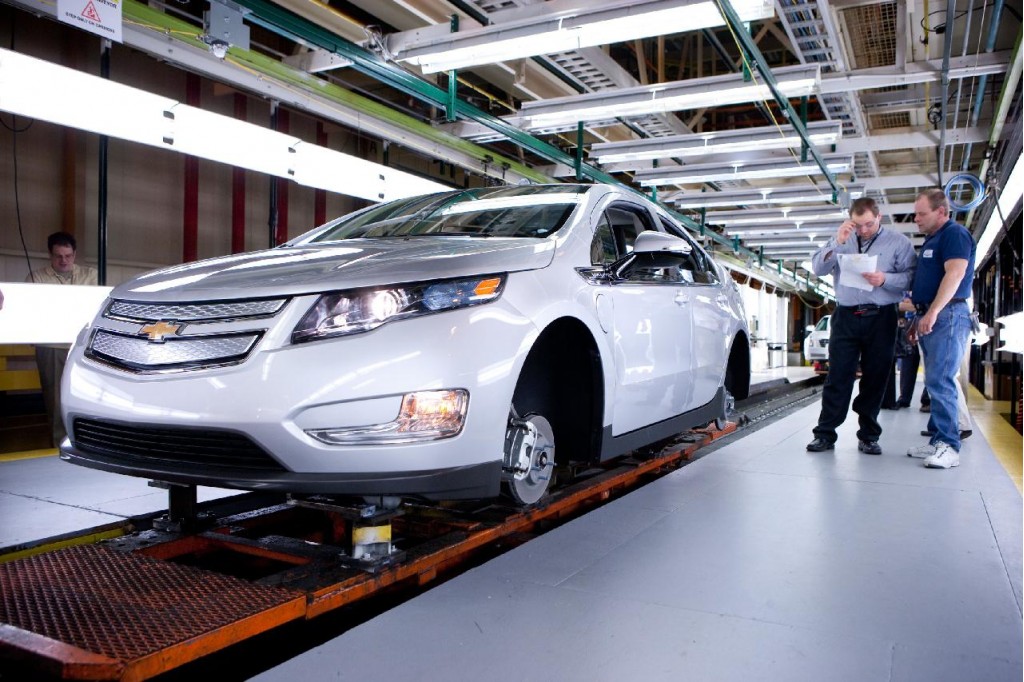Every time a new environmental regulation is proposed in the United States, there's a predictable chorus of doom-and-gloom predictions that it will kill jobs, cause manufacturers to move their operations out of the country, and destroy the economy.
Those predictions tend to be a bit, shall we say, overstated.
DON'T MISS: EPA's Coal-Plant Emissions Rules: This Will Be The Big Fight
We're hearing the same chorus now that the EPA has issued its regulations to reduce the carbon emissions of existing powerplants, which will likely lead to a gradual phaseout of most coal generation capability in the U.S. over the next 20 or more years.

Coal Mine
A new report suggests, however, that the cost of complying with the EPA's regulations for the car industry specifically--in the form of higher rates for electricity--will be minor.
And, more importantly, that cost will be far lower than the cost of disruptions to those plants due to extreme weather conditions.
It's far from an exact parallel--paying that extra cost won't guarantee fewer weather disrputions--but it's an interesting comparison, and it underscores the challenges of making the impact changing climates understandable to laypeople.
The report, Severe Weather And Manufacturing In America: Comparing The Cost of Droughts, Storms, And Extreme Temperatures With the Cost of New EPA Standards, was issued this week by Business Forward.
The group says it brings together "business leaders from across America to advise Washington on how to create jobs and accelerate our economic recovery."
MORE: 2014 Nissan Leaf Has Lowest Lifetime Carbon Footprint: Report
Specifically, the report focuses on the automobile industry, one of the largest U.S. industrial employers, and notes that electricity costs are far less than 1 percent of the cost of a new car.
It suggests that higher electric rates would add about $7 to the cost of a new vehicle built in the U.S.--and notes that the average new vehicle now sells for more than $30,000.

First 2011 Chevrolet Volt built on production tooling at Detroit Hamtramck plant, March 31, 2010
Then, the report calculates that the cost of unexpected weather-related shutdowns in a single assembly plant can run to $1.25 million for every hour of lost production.
If an assembly plant builds 150,000 vehicles a year, in other words, the additional cost of power would total about $1.05 million--less than a single hour of downtime from hurricanes, floods, or other weather events.
And it underscores the increasing interdependency of the global supply chain for auto plants in North America, meaning that weather disruptions on the other side of the globe can reduce or halt production of a car in the U.S. due to single-source supply contracts.
ALSO SEE: Will Solar Panels Destroy Electric Utilities' Business Model? Yes, They Say
This was most recently seen after the March 2011 earthquake and tsunami in Japan, when it turned out that a single electronics plant shut down in the aftermath supplied almost two-thirds of a single type of sensor required for safety equipment in U.S.-built cars.
Rounding up supplies of that part--and hundreds of others as well--from all over the globe to keep production lines running, while frantically searching for backup production sites, was a full-time occupation of emergency staffs at every automaker, not just the Japanese companies most affected.
_______________________________________________













